Our favorite places in Morocco
When most people picture Morocco, they have one image in mind.
Desert.
But Morocco is much more than just the desert. My wife Cailyn and I have lived in Morocco for over two years, and while we have had the opportunity to travel some, we know there is much more to this incredible country. This list of our favorite places will always be evolving, but of what we have seen so far, these are our favorite places.
Fes
We studied Arabic in Fes when we originally moved to Morocco, so this city will always have a special place in our hearts. During our time in Fes, we learned Moroccan Arabic at a school that is now part of Crossroads Cultural Exchange. If you are interested in studying language in Morocco, you can find out more about these language services here. We also lived with a Moroccan family for almost three months of a homestay as we learned language and culture. Fes is the second-largest city in Morocco based on population, and yet it still has a small-city vibe. The medina is one of 9 UNESCO world heritage sites in the country, and walking through it is a truly unique experience.
Rabat
We have stayed in Rabat on a few different occasions and have loved every visit. Rabat is the political capital of the country, situated on the coast across from its sister city Sale. The city is clean and has several nice green spaces and cool street murals. It also has some fantastic sites such as the Kasbah of the Udayas, which some call a mini-Chefchaouen and overlooks the ocean. One of our favorite restaurants in Morocco is here, Yamal Acham, which has great food at a great value.
Todra Gorge
On a recent road trip we briefly visited this place and were totally awestruck. As we entered from the city of Tinghir, we had no clue what to expect. However, once we arrived at the entrance to the gorge we were amazed at the incredible rock formations. It was unlike anything we had ever seen before, and we plan to return in the future to give it the time it deserves.
Skoura
On this same road trip we stayed at L’Ma Lodge in a palm-date grove in Skoura. We thoroughly enjoyed the oasis of tranquility and wish we had more time to spend here. Actually we are dreaming about a future trip when we stay at L’Ma as basecamp to visit some of the sites nearby, Ouarzazate, Ait-Ben-Haddou, etc. On our way out of town we briefly stopped at Kasbah Amridil, which appeared previously on the Moroccan 50 dirham bill.
Asilah
Asilah is a small town on the northern Atlantic coast that we visited after seeing Hercules Cave. This town made the list because Cailyn loved how quaint the medina was. There are some murals and art throughout the medina, and several shops for souvenirs. This relaxed beach town is somewhere where we would like to return.
Tangier
This gem on the Mediterranean holds a special place in our hearts. For one, every time we travel there we use the high-speed train, Al-Boraq, which excites a transportation nerd like myself. Secondly, we have been able to accrue Hilton points and have enjoyed many nights at the Hilton Garden Inn. Thirdly, many of our visits have involved spending time with friends. One of my life slogans is, “It’s not about where you go, it’s who you go with.”
Places on our Morocco Bucket List
Essouaira - This Portuguese city on the Atlantic coast is a place we always think about visiting.
Walediya - When we talk about beaches in Morocco with our friends, they all mention this beach town as one of the best!
Bin El Ouidane - We have only seen pictures of this lake, but the natural beauty of this part of the country is something we definitely want to experience.
Southern Morocco - There is so much more to this country in the South, but the small taste we have had of the southern regions of Morocco leads us to believe that there is much more to discover!
Are you visiting Morocco soon? Start your travels with us to learn some Moroccan Arabic phrases and cultural dos and don’t and to have the best trip available to you.



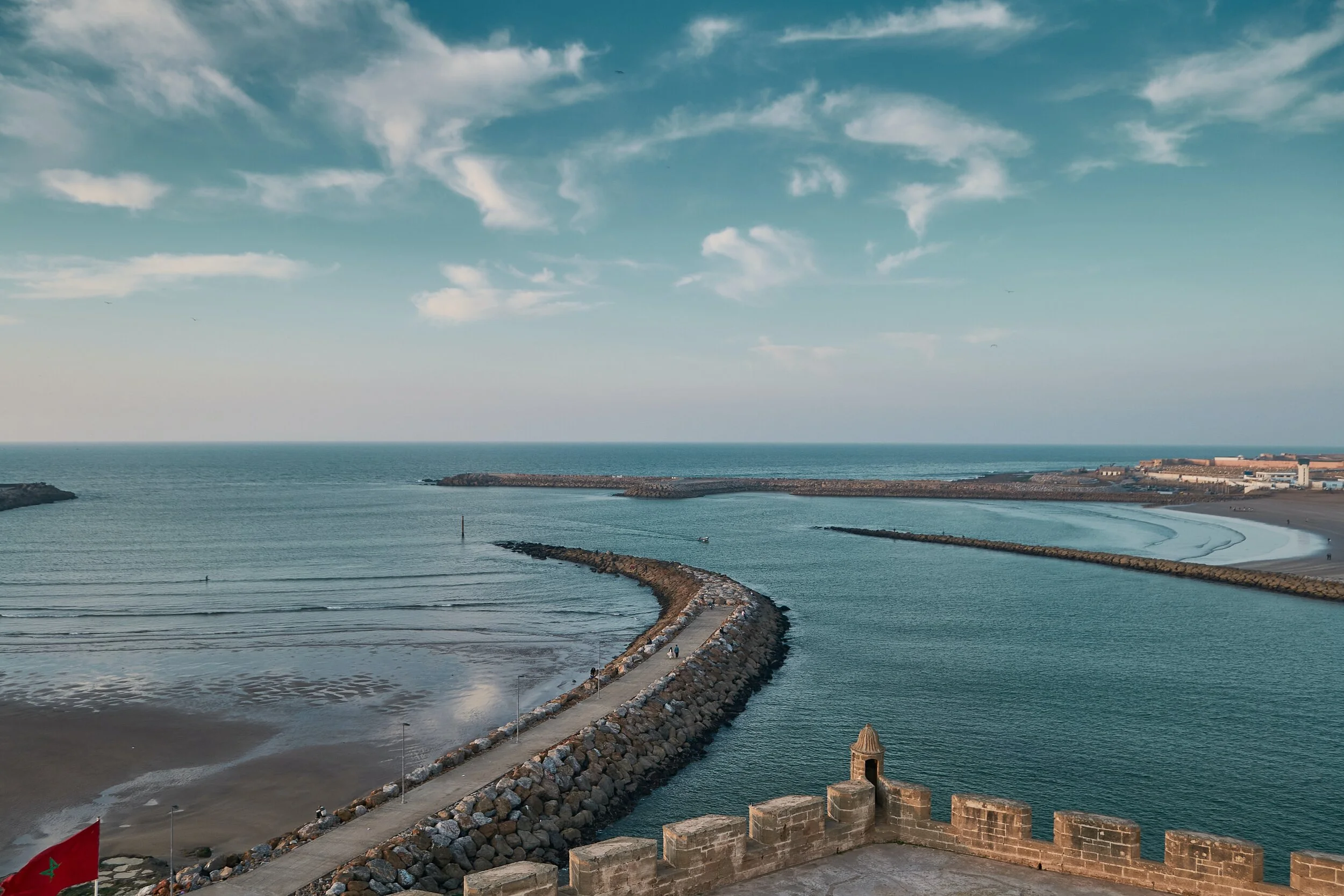
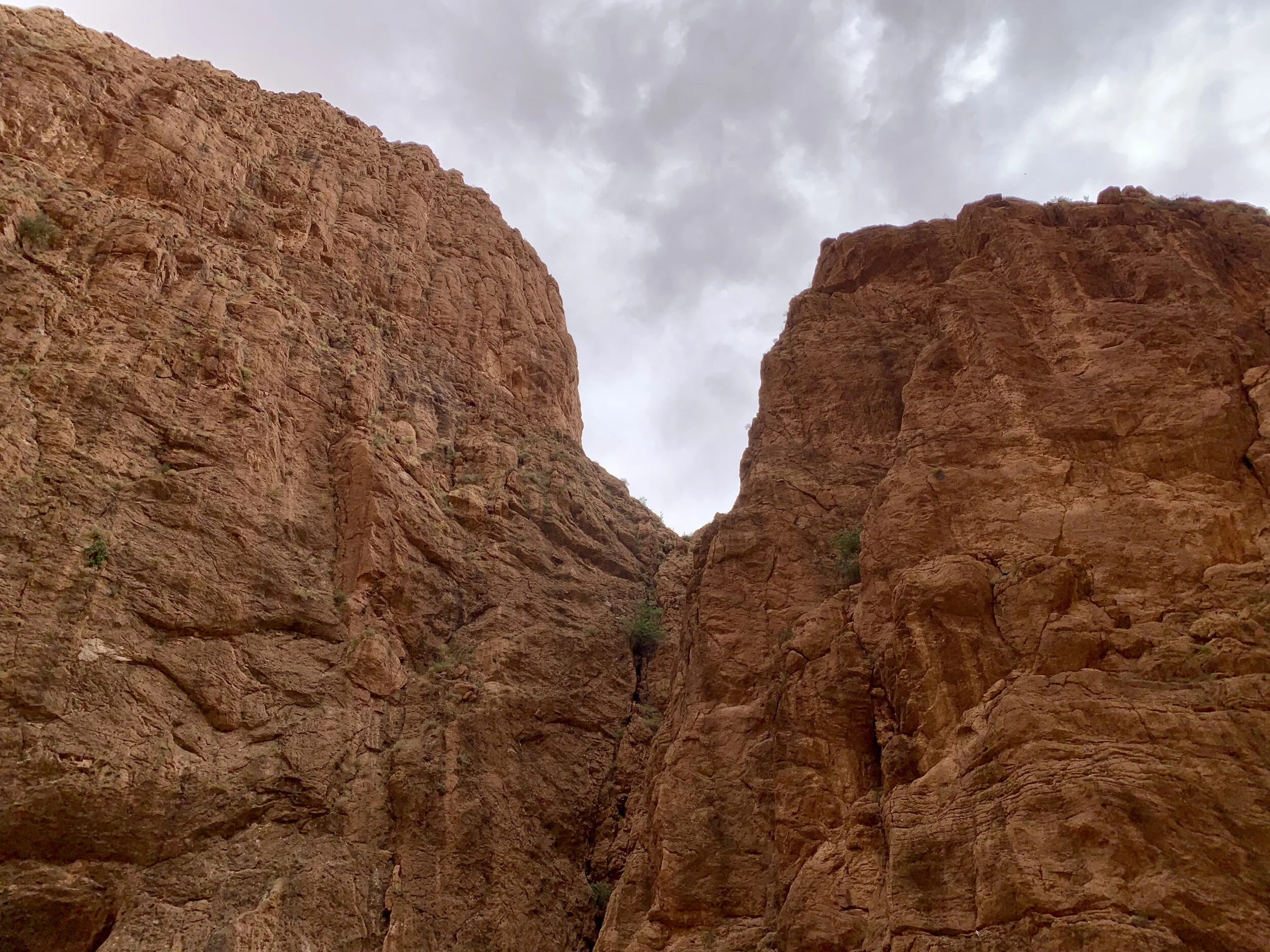
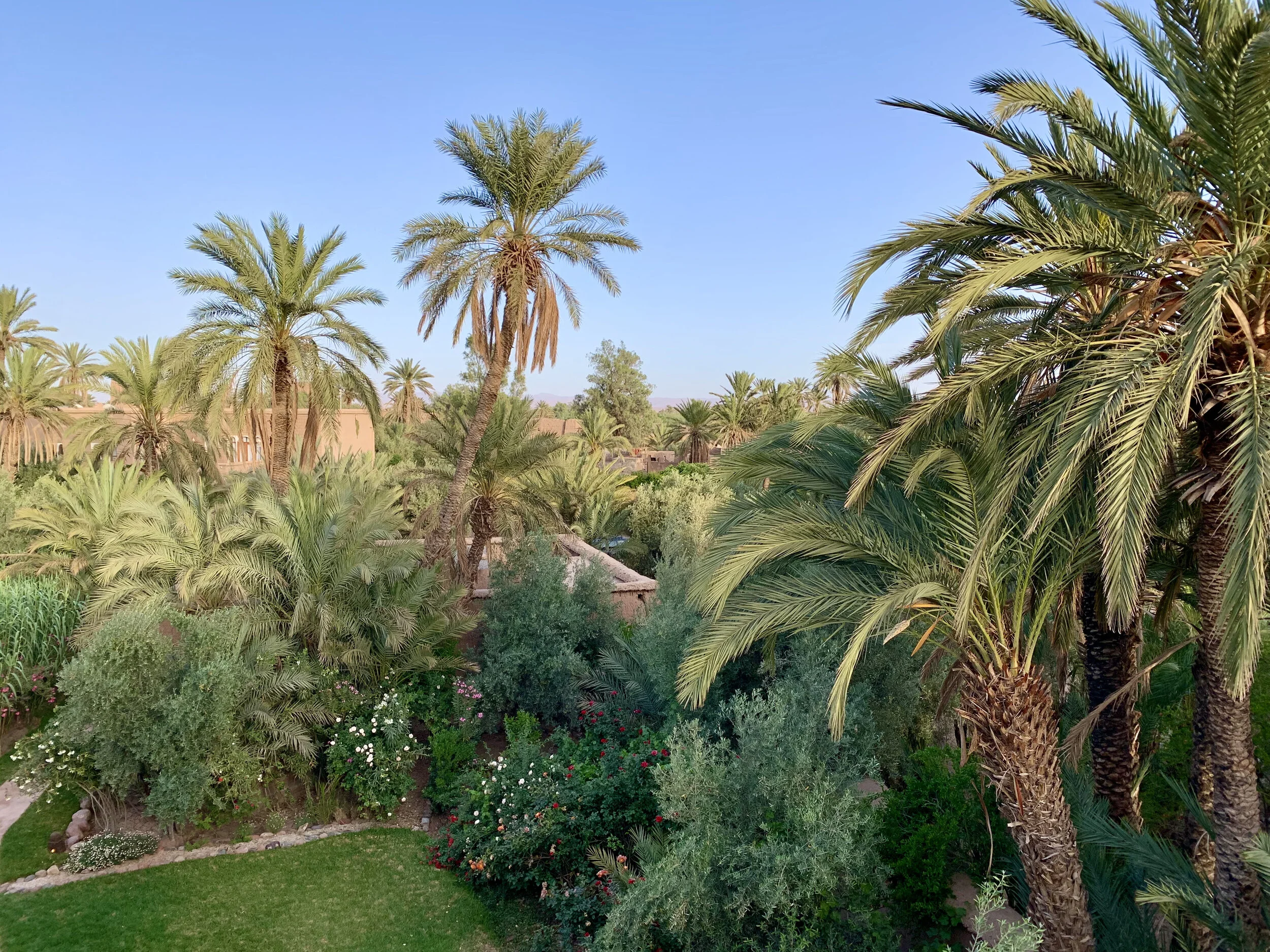
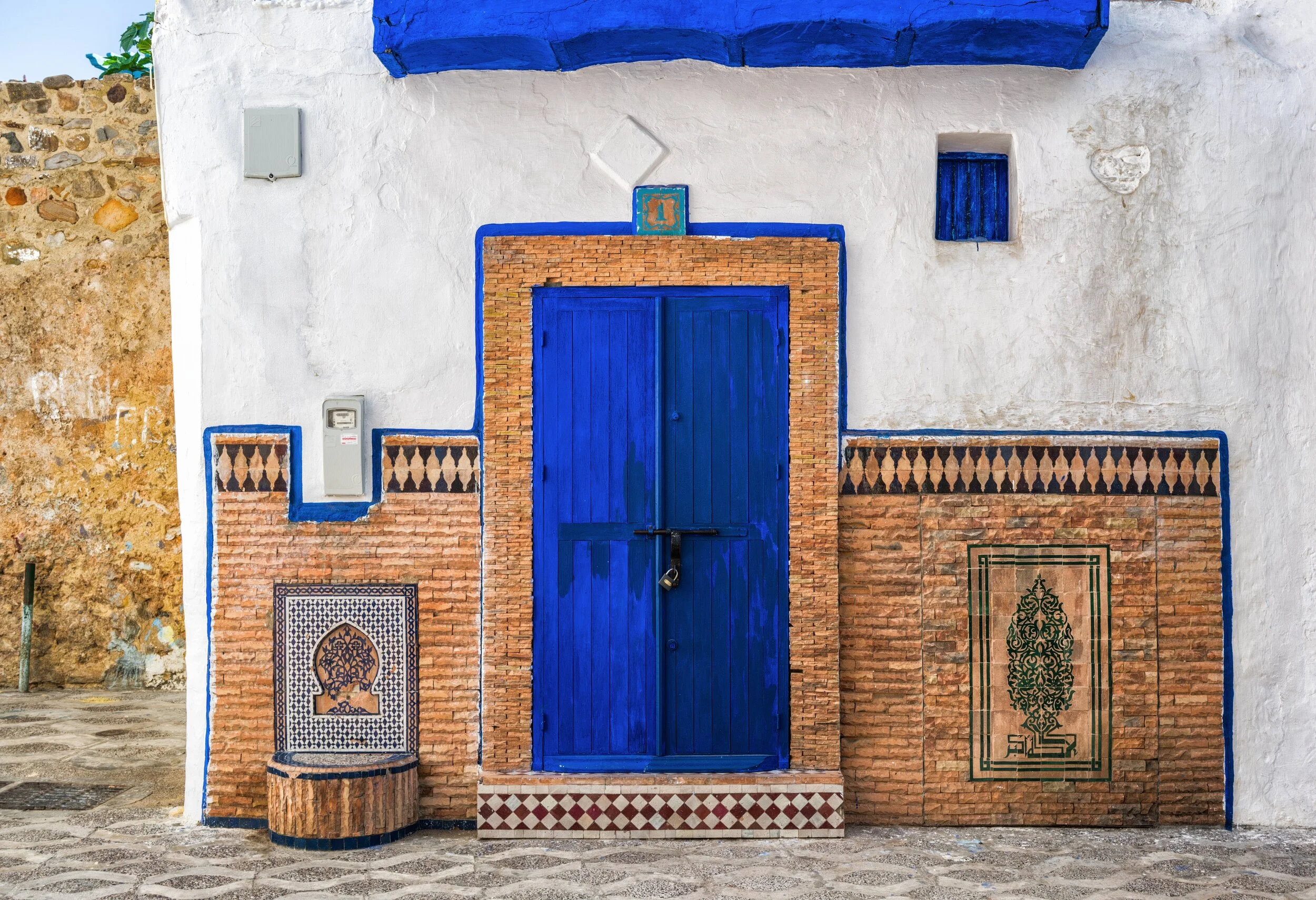



















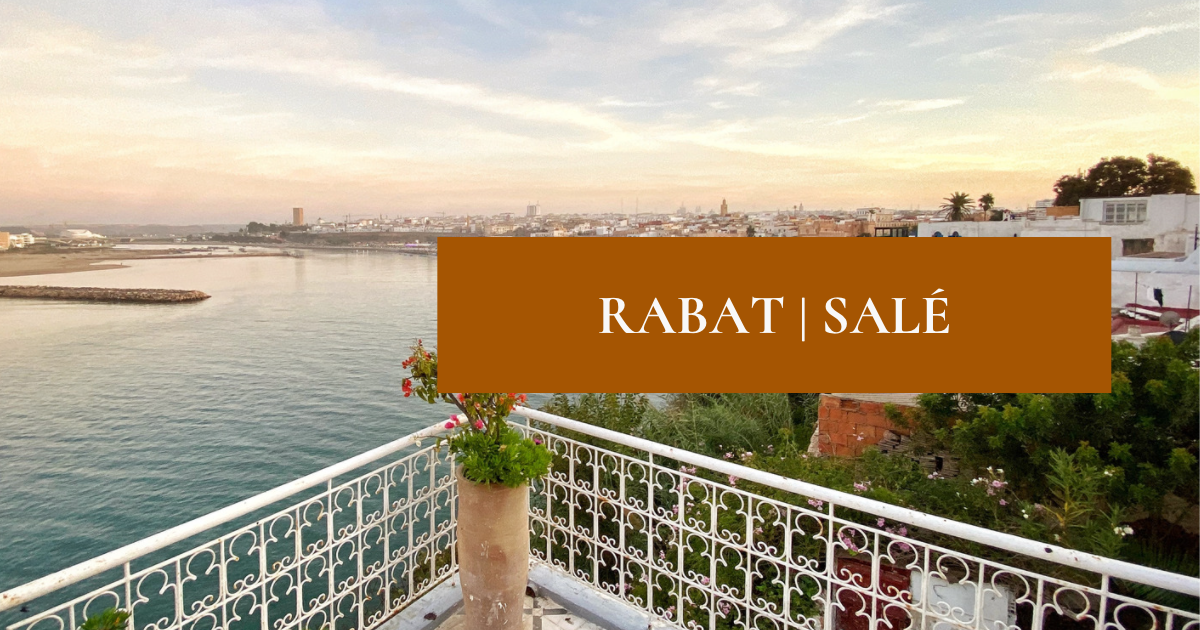












Morocco is a very unique country for several reasons. The first is its strategic location in the northwest of the continent of Africa, just 14 kilometers south of Europe. This beautiful country is bordered by the Mediterranean Sea in the North, the Atlantic Ocean in the West, Algeria to the East, and Mauritania to the South. For this reason, Morocco is a crossroads where cultures, civilizations, and ethnicities meet.